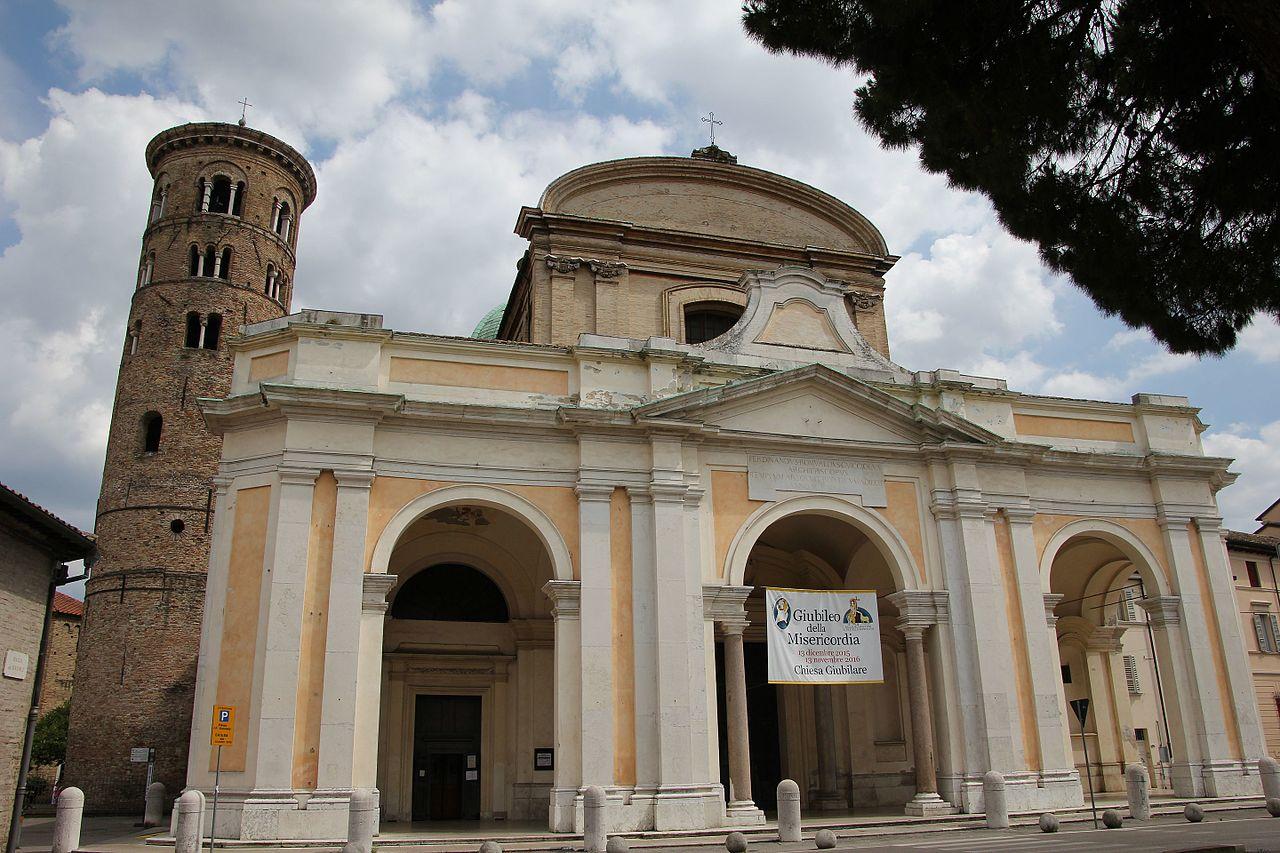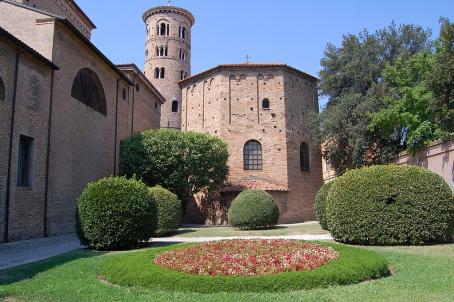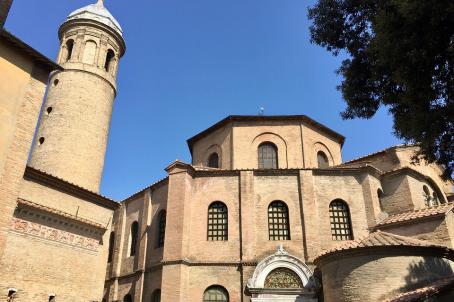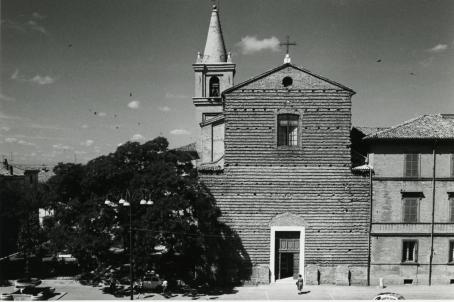Ravenna Cathedral
The Cathedral of Ravenna was built in the Baroque style between 1734 and 1745 on a cathedral, the Basilica Ursiana, dating from the early 5th century. This ancient cathedral was built following the transfer of the capital of the Western Roman Empire from Milan to Ravenna by Emperor Honorius in 402.






